Considered to be one of the first examples of modern urban planning, Barcelona’s Eixample (meaning, literally, “extension” in the Catalan language) was developed in the second half of the nineteenth century.
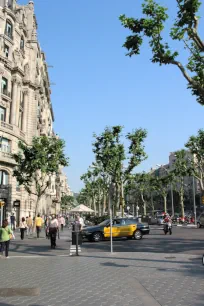
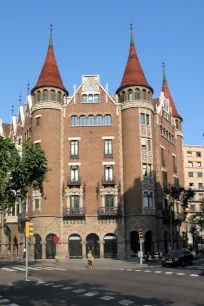
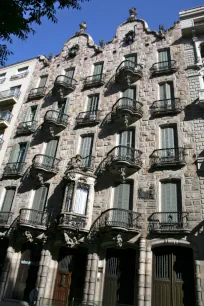
Ildefons Cerdà, who designed the plans for Eixample, hoped that it would become a neighborhood outside the city center accommodating people of all sorts; Eixample would contain all they needed for their daily lives, including markets, schools, hospitals, and much more.
The Eixample Plan
Cerdà’s plans for the Eixample were considered to be quite visionary. When designing the neighborhood, he took many things into consideration including traffic, sunlight, and ventilation. The streets were to broaden at each intersection and the corners were cut off to allow horse-drawn wagons to make turns more easily.
However, all of Cerdà’s plans didn’t turn out quite the way he had hoped. Architects did follow his grid plan, but ignored many of the specifics. The intersections weren’t designed as his drawings indicated (though they are spacious), garden areas were eliminated, and the neighborhood became a haven for the wealthy rather than a place that would attract all classes.
Visiting Eixample
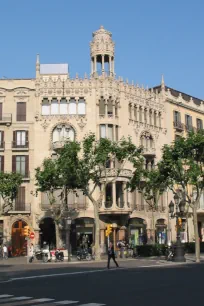
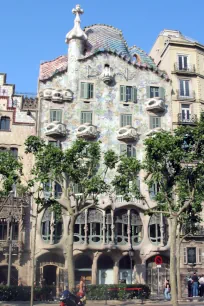
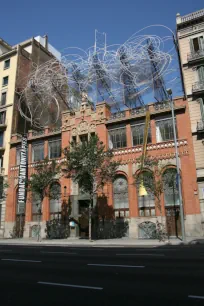
What Eixample did become was a pleasant neighborhood full of wonderful Modernista architecture, primarily the works of Antoni Gaudí, the father of the Spanish Art Nouveau movement. You can also find buildings in Eixample designed by other lesser-known Modernista architects.
That’s what makes the area a must-see for architectural aficionados who are visiting Barcelona, but nearly anyone will enjoy a walking tour of the area. Make sure you take a trip down the avenue known as Passeig de Gràcia, one of the most architecturally important streets in the city.
Gaudí’s masterpieces
Many of Gaudí’s masterpieces are located in Eixample.
One of the most remarkable is the magnificent Casa Batlló, a structure that’s on the UNESCO World Heritage list. The building is nearly indescribable to those who haven’t laid eyes on it, but is truly one of the most incredible examples of Modernista architecture anywhere, covered with glittery ceramic tiles and boasting interesting shapes throughout.
You’ll also want to visit the Casa Milà, with its wavy walls which remind some of honeycombs and others of African cave dwellings. Strange-looking chimney stacks sit atop the building.
The most famous building in Barcelona, also designed by Gaudí and located in Eixample is the Sagrada Família, the bizarre looking church that is still under construction.
Quadrat d’Or
Many other interesting Modernista buildings can be found in a neighborhood in Eixample known as Quadrat d’Or (the golden square), named as such for the many architectural gems. Besides the aforementioned Casa Batlló and Casa Milà you can find the Casa Terrades – a brick building with small colorful turrets, the Casa Lleó Morera – a building with a richly decorated crown, the Fundació Tàpies and many more interesting Modernista buildings.

